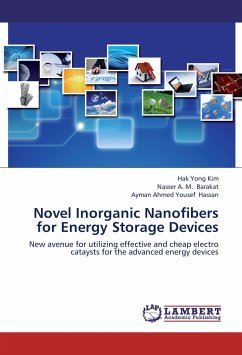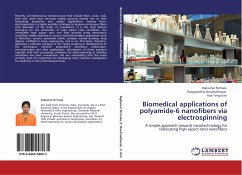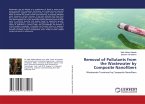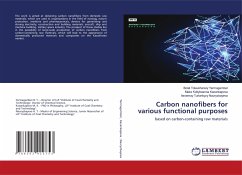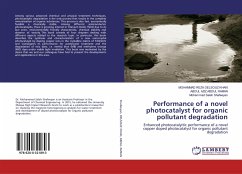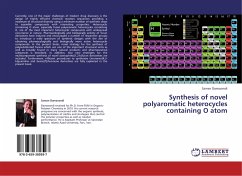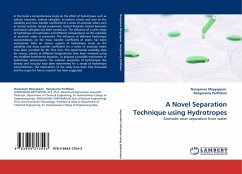Aiming to have new energy devices and systems, researchers have worked to create new nanosized functional materials. Nanomaterials have a very high surface area to volume ratios, which result in special properties in comparison to the bulk materials. Among the reported nanostructures, nanofibers have special interest due to the high axial ratio. Inorganic nanofibers are considered the best candidate in the advanced energy devices such as Fuel cells and Dye sensitized solar cells due to the high chemical stability. In this book novel metallic nanofibers are introduced to be exploited as catalysts for ammonia borane dehydrogenation and as electrodes in fule cells and dye sensitized solar cells. The results are promosing.
Hinweis: Dieser Artikel kann nur an eine deutsche Lieferadresse ausgeliefert werden.
Hinweis: Dieser Artikel kann nur an eine deutsche Lieferadresse ausgeliefert werden.

